86 F. high in the Twin Cities Tuesday.
83 F. average high on July 22.
88 F. high on July 22, 2013.
July 22, 1987: Greatest deluge ever in Twin Cities begins with 10 inches in six hours at the Twin City airport.
A Slippery 7-Day
Why
do most TV stations put the weather segment near the end of the news?
Why is the 7-Day Outlook the last element of weather presentations?
Because that's what people want to see. Broadcasters want you to stay
tuned (and enjoy a few more commercials!)
The forecast, especially
the long-range forecast, is always changing, which can be incredibly
frustrating for everyone involved. What looked like a nice weekend on
Monday can turn into a rainy mess by Thursday. How is that even
possible?
Computer models update 4 times a day, based on the
latest raw data: airport observations, weather balloons and satellite
imagery from around the world. As new, high-octane fuel arrives the
models adjust, and the forecast often shifts.
Much like a stock
price changes based on earnings projections, competition and new
breakthroughs, so does the weather forecast, with the greatest swings
from Day 4-7. Today's 7-Day accuracy is comparable to a 3-4 Day forecast
20 years ago. Not great, but gradually improving.
A comfortable
Wednesday (dew points in the 50s) gives rise to more T-storms by
Thursday; a few more T-storms decorate the Doppler by Sunday. Saturday
should be the drier, warmer, more lake-worthy day.
Another transfusion of cooler, Canadian air arrives next week. More free A/C!
Damage Reports.
Thanks to WeatherNation and KARE-11 for photographic evidence of the
severe storms that ripped across northern and central Minnesota Monday
night, producing estimated wind gusts as high as 70-80 mph. Tree damage
was significant in McGregor and the Pelican Lake area, with numerous
reports of mangled docks and capsized boats around Perham, Minnesota.
* The National Weather Service has a
complete list of Monday night's weather-related damage.
Comfortable Wednesday - Weekend Warm Front.
Not a hot front this time, nothing like Monday, but 80s return by the
weekend before cooling back down into the 70s next week. Dew points in
the upper 40s and low 50s today give rise to sticky 60s by Saturday;
then another hint of September by the middle of next week.
60-Hour Accumulated Rainfall.
NOAA's WRF model prints out some rain for the Pacific Northwest, which
may ease the wildfire threat by the end of the week. A weak tropical
disturbance keeps most of the showers and T-storms off the Carolina
coast; potential flooding from persistent T-storms from New Mexico to
near Little Rock. Animation: HAMweather.
 Can Typhoon Matmo Impact Our Weather?
Can Typhoon Matmo Impact Our Weather?
New research shows a possible link between typhoons and hurricanes
reaching a northern latitude, and subsequent amplification of ridges and
low pressure troughs thousands of miles downwind. There's a good chance
the typhoon pushing into southern China may help to pull another surge
of cool air into Minnesota next week; that's the subject of today's
Climate Matters: "
New
research shows that when a hurricane or typhoon reaches above a
specific latitude, it can throw the jet stream out of whack. What does
it mean? WeatherNationTV Chief Meteorologist Paul Douglas goes over the
new data and what it might mean for the lower 48. Also, why has the
Atlantic hurricane season been relatively quiet?"
Matmo Strikes Taiwan as Category 2 Storm.
Here is an image of Typhoon Matmo as it approached Taiwan Tuesday, the
eye of the storm coming ashore well south of Taipei. Image courtesy of
Central Weather Bureau.
Nature's Roadblock to Hurricane Prediction. Yes, there are more variables in play than we thought, according to this fascinating story from
UCAR; here's the intro: "
The
quiet Atlantic hurricane season of 2013 came as a surprise to many, as
seasonal forecasts had consistently predicted an unusually large crop of
named storms. A new study by scientists at NCAR and North-West
University (South Africa) finds that internal variability—processes that
unfold without being dictated by larger-scale features—can make one
season twice as active as another, even when El Niño and other
large-scale hurricane-shaping elements are unchanged. The results
suggest that seasonal hurricane forecasts could be improved by conveying
the amount of unavoidable uncertainty in the outlook..."
Image credit above: "
Hurricane
Mitch, the strongest storm observed in 1998, is the second deadliest
Atlantic hurricane on record. Mitch caused more than 10,000 deaths,
mainly due to torrential rainfall across Central America." (Wikimedia Commons/NOAA satellite
image.)
What If A Tornado Hit A Major U.S. City?
Statistically it's probably inevitable. There will be a public outcry;
Congress will get in on the righteous indignation. "How could this
happen? Why weren't we warned?" You were warned, you just thought you
were safe living in a big city. Wrong answer. A large tornado, drawing
in heat and moisture from a 5-10 mile radius, doesn't care about
asphalt, concrete and a few high-rise buildings - a tornado is a
process, not an object, and downtowns are not immune. Here's an excerpt
of an important story at
USA TODAY: "
A
single violent tornado could cause as much as $20 billion in property
damage — and countless casualties and deaths — if it hit a big city such
as downtown Chicago, according to a report released Tuesday by Swiss
Re, a global reinsurance company. "This would be the most severe tornado
damage in U.S. history," according to the report, which is titled U.S. Tornadoes: An Examination of the Past to Prepare for the Future..."
Image credit above: "
The track of 2013's EF5 tornado in Moore, Okla., is overlaid on ZIP codes in Cook County, Ill."
(Photo: Swiss Re).
Could Lightning Spur Headaches and Migraines?
If sudden jumps in pressure can spark pain in arthritis sufferers, it
isn't much of a stretch to imagine that lightning might have some impact
(beyond the obvious). Here's a clip from
Lifelong Health: "
Lightning
is associated with an increased risk of headaches and migraines, a new
study suggests. This finding could help chronic sufferers better predict
the likelihood of a headache or migraine and begin preventive
treatment, the University of Cincinnati researchers said. The study
found that chronic sufferers had a 31 percent greater risk of headache
and a 28 percent increased risk of migraine on days when lightning
struck within 25 miles of their homes. It did not, however, prove a
cause-and-effect relationship between lightning and headaches..."
New Radar Improves Severe Storm Coverage.
What is dual-polarization radar and why should you care? It's another
significant upgrade to Doppler radar technology, producing a flood of
new data that can help us better isolated everything from precipitation
types to the most dangerous supercell thunderstorms. Here's an excerpt
of a good summary at
TVNewsCheck.com: "...
The
transition to dual polarization has produced logarithmic growth in the
[weather forecasting] data, not just linear growth,” says Ardell Hill,
president of broadcast operations at Baron Services, which served as a
subcontractor on the NWS project. L3 Communications was the prime
contractor. With the dual-pol data, TV meteorologists can do things they
couldn't do before — distinguish among rain, snow and hail in a storm;
analyze wind shear to determine where a tornado may appear and how it
may move; determine the size and shape of rain drops that helps in
predicting flash flooding; and "see" the tornadic debris signature that
says that a funnel cloud has actually touched down..."
How Will National Weather Service Radar Upgrades Boosting Warning Time of Tornadoes, Save Lives? AccuWeather.com
has an interesting story detailing recent Doppler radar software
upgrades at 132 out of 160 Doppler sites around the USA. Doppler
provides a 3-D volumetric scan of the surrounding atmosphere, sampling
14 different levels. But as meteorologist Jesse Ferrell explains new
software allows NWS forecasters to scan the lowest levels of the
atmosphere with greater frequency, which should help with situational
awareness and faster, more accurate storm warnings. Here's a clip: "...
Automated
Volume Scan Evaluation and Termination (AVSET) and Supplemental
Adaptive Intra-Volume Low-Level Scan (SAILS) are the two methods in
which procedures were altered to make for a more productive use of
limited time. Using SAILS, the radars will scan low levels twice for
optimal viewing of storms during severe weather. Even though adding an
additional look, the update interval will drop making for more accurate
forecasts..."
Science Brings Clarity to Shifting Shores.
How vulnerable is your favorite beach? Barrier islands aren't static
constructs; they are constantly shifting and evolving over time, in our
spite of our best efforts to pave them over. Here's an excerpt of a
story highlighting a new tool from
EPA: "...
To
help ensure safe and resilient coasts, the U.S. Geological Survey
(USGS) has created an online tool that allows anyone to interactively
“see” past, present and future hazards. This tool — the USGS Coastal Change Hazards Portal —
can aid in decisions that involve emergency preparedness, ecosystem
restoration, and where and how to develop coastal areas. The tool runs
on web browsers, tablets, and smartphones, and is designed for a
wide-range of audiences, from federal and state agencies to
non-governmental organizations, public entities, and private citizens...
The Tech Utopia Nobody Wants: Why The World Nerds Are Creating Will Be Awful.
Mmm. Mmm. Nothing better than soylent (green?) Forget George Orwell's
1984 - what will the world look like when computers, apps and AI can do
many or most of the jobs people are getting paid for today? Here's a
clip of an Op-Ed at
The Guardian that caught my eye: "...
This
conflict – between consumers of technology and the geeks who pull us
forward into uncharted sociocultural territory – is starting to become
more pointed. We trained ourselves to value Facebook’s "open society"
without privacy; we accepted the furtive mobile phone check as
appropriate punctuation for a face-to-face conversation; we even put up
with 3D cinema for a time. But this is too much. Now the blowback has
arrived. The first signs of the emerging tech utopia we were always told
about don't look so great if you can't code..."
These Are The Best (And Worst) Places in America To Raise Kids.
For 30 years I've been telling friends and family out east that
Minnesota is a great place to raise kids, and this story (and research)
seems to confirm that.
Huffington Post
has the story; here's an excerpt: "...The report looked at four
indicators -- economic well-being, education, health and family and
community -- in order to glean a ranking of the best overall states for
children. Massachusetts, Vermont and Iowa ranked the highest, while
Arizona, Nevada and New Mexico were once again among the lowest. A map
from the report (above) shows that states in the southern portion of the
country fared worse than states farther north..."
Map credit: The Annie E. Casey Foundation.
In Event of Moon Disaster.
This is chilling, the speech that President Nixon would have read had
Apollo 11 astronauts become stranded on the moon. Here's an excerpt from
Letters of Note: "
On July 18 of 1969, as the world waited anxiously for Apollo 11 to land safely on the surface of the Moon, speechwriter William Safire imagined the worst case scenario as he expertly wrote the following sombre memo to President Nixon's Chief of Staff, H. R. Haldeman. Its contents: a contingency plan, in the form of a speech to be read out by Nixon should astronauts Neil Armstrong and Buzz Aldrin become
stranded on the Moon, never to return, followed by some brief
instructions relating to its broadcast. Luckily for all those involved,
the memo was never needed..." (Image: NASA).
Great Moments in Science (If Twitter Had Existed). I needed a laugh, and found this article from Dean Burnett at
The Guardian
to be funny and illuminating, in a snarky way. Has snark always been
with us? Probably, now we just have better/faster ways to transmit our
mock outrage. Here's the intro: "
Twitter is the source of a great
deal of modern news, and scientists are often encouraged to tweet about
their research. So what if Twitter had been around during the times of
historic scientific breakthroughs and discoveries?"
The Fasinating....Frustrating...Fascinating History of Autocorrect.
Wired
has a terrific story about Autocorrect; how we curse it (but need it)
in this new, mobile, instant-gratification world; here's an excerpt: "..
Invoke
the word autocorrect and most people will think immediately of its
hiccups—the sort of hysterical, impossible errors one finds collected on
sites like Damn You Autocorrect. But despite the inadvertent hilarity,
the real marvel of our mobile text-correction systems is how
astoundingly good they are. It's not too much of an exaggeration to call
autocorrect the overlooked underwriter of our era of mobile prolixity..."
Image credit above: David Sparshott.
For The Minnesotan Who Has Everything: A Robotic Snow-Blower?
It's up on Kickstarter and can be yours for a cool $1,800. It's not
totally automated, but (in theory) you can clear snow off your driveway
while standing in your pajamas staring out the front window. Hmm. Here's
an excerpt from
Gizmag: "...
The
small team has developed a remote-controlled snowblower dubbed the
SnowBYTE. Unlike many other household robot cleaners, which go about
their business autonomously, the SnowBYTE is a semi-autonomous design
that requires the user to control its movements. Still, it does clear
the snow from your driveway and/or sidewalk without you having to so
much as look at the shovel in your garage..."

TODAY: Blue sky, low humidity, beautiful. Dew point: 51. Winds: NE 8. HIgh: 79
WEDNESDAY NIGHT: Mostly clear and comfortable. Low: 60 (50s in the outlying suburbs).
THURSDAY: Clouds increase, PM T-storms likely. High: 79
FRIDAY: Partly sunny and warmer. Wake-up: 64. High: 82
SATURDAY: Hazy sun, lake-worthy. Dew point: 63 Wake-up: 66. High: 87
SUNDAY: Sunny start, PM thunder risk. Wake-up: 67. High: 81
MONDAY: Mix of clouds & sun, less humid. Wake-up: 60. High: 77
TUESDAY: Summer on hold again. Comfortable, clouds slowly build. Wake-up: 57. High: 76
Climate Stories....
Study: PBS NewsHour Airs Four Times More Climate Coverage than ABC World News. Here's an excerpt from a recap of on-air coverage of climate science and trends at
Media Matters: "A
Media Matters study
found that most network nightly news programs this year are on track to
offer no more coverage of global warming than they did in 2013.
However,
PBS NewsHour remains a notable exception, covering
climate change more than any other network and interviewing the largest
number of scientists on the topic. During the first six months of 2014,
PBS NewsHour produced more news that featured climate change than any other major network evening broadcast, continuing a trend that
Media Matters identified in both
2012 and
2013. The program aired 28 stories that at least mentioned global warming, nearly as much as all coverage combined from
ABC World News,
CBS Evening News and
NBC Nightly News during the same period, and four times the amount of coverage from
ABC World News alone..."
I Crashed a Climate Change Denial Conference in Las Vegas. Brendan
Montague has a long, morbidly fascinating article about the time he
just spent in Las Vegas with climate science deniers and the alternative
universe they inhabit; here's the introduction to his story at
Vice: "
I’ve
been researching the climate denial industry for almost three years and
the best way to gather information about this incredibly small yet
influential clique is to hang out with them. I attended their 2012
conference of the Heartland Institute, an oil and tobacco funded free
market think tank that spends a lot of time and effort trying to call
bullshit on what is clearly not bullshit – the science of climate
change. My presence was clearly unwelcome – but I guess they forgot to
scrub me from their email invitation list, because I got invited again
this year, to their 9th International Conference on Climate Change in the deep heat of the Nevada desert amid the chaos of Las Vegas casinos..."
Mapping Climate Communication. Ecolabs Blog
has an information-rich PDF that describes the progression of climate
change communication since 1960 - worth a look. Check out the source of
much of the climate disinformation dollars: Donor's Trust.
Republicans Google "Climate Change" During Extreme Weather: Study.
NBC News has the research findings and article; here's a snippet: "...
When
Lang broke down the search data by political party and level of
education, the findings were intriguing. Republicans and people from
less-educated areas searched for climate-change-related terms
during extreme temperatures, whereas Democrats and people from
well-educated areas Googled these terms during changes in average
temperatures."
National Conversation on Climate Change Has Shifted; Just Look at Latest Calls for Action. Here's an excerpt from
Huffington Post: "...
Seven Montana veterans cited similar themes when they framed climate action as form of patriotism. Writing in the Ravalli Republic
last week, they said it was Americans' shared duty to keep our nation
safe and to reduce pollution that causes climate change. That same
current runs through most calls for action: a desire to shield people
from harm. Whether it is the four EPA administrators who served under Presidents Bush and Reagan or the Evangelical minister from Pennsylvania's coal country, Americans from all walks of life recognize the need to protect our communities from the hazards of climate change..."
Humans Accepting Climate Change vs. Jell-O: The Coastal Effect.
A recent New Zealand paper suggests that people living near the
(rising) oceans are more likely to accept the science than people living
well away from the coast. Minnesota science writer Greg Laden explains
at
scienceblogs.com: "...
So, where does the bowl of Jell-O fit in to all of this? A recent study, in PLOS One,
examines attitudes about climate change in relation to distance from
the sea. The study takes place in New Zealand, but references other
studies that look at similar things elsewhere. The bottom line is this:
The farther a human lives from the sea, the less likely the human is to
accept the reality of climate change science. Putting this another way,
the father a bowl of Jell-O is from that which may poke it, the less
poked it is, and thus, the less it develops, learns, evolves, gets
smart..." (File image: Andrew Demp, Yale).
Deep Decarbonization: Truly Facing The Climate Challenge.
Limiting the temperature increase to less than 2C above preindustrial
times seems increasingly difficult, considering the level of (global)
political inertia, argues Jonathan Koomey, a Ph.D. at Stanford. Here's
an excerpt of his report at
Climate Science Watch: "...
What
the Deep Carbonization report finds should not be surprising to serious
students of the climate problem, and it’s consonant with what leading
analysts have known about this issue since the late 1980s. The report
concludes that
- Allowing business-as-usual emissions
trends to continue endangers the future orderly development of human
civilization in the 21st century.
- Achieving a low emissions world and fostering sustainable development go hand in hand.
- Meeting
the 2 C degree warming limit will require drastic reductions in
greenhouse gas emissions in the next few decades, but few countries have
analyzed the implications of such reductions for their economies, and
few politicians have fully understood those implications..."
Climate Change Is Far From The Only Cause Of A Rapid Rise in Disasters.
It's a big component, but land use, population and demographic trends
are also increasing our vulnerability to disasters around the world.
Here's an excerpt of a story at
The Guardian: "...
Since
1970, the global population has nearly doubled. Cities have expanded
fast, and populations have aged, leaving more people vulnerable to
heatwaves. Many of those fastest developing cities are coastal, meaning
that more people, infrastructure, and buildings are vulnerable to the
flooding caused by storm surges or hurricanes, and enhanced by sea level
rise. Even if not on the coast, cities have sprawled onto floodplains,
where the poorest find shelter in flimsy buildings. There is simply more
stuff, more people and more money in harm’s way than there was 40 years
ago. Looked at globally, our exposure and vulnerability have increased
markedly..."
Photo credit above: "
The aftermath of Hurricane Katrina in New Orleans in 2005, the most expensive disaster in recent history according to the UN." Photograph: Larry W Smith/EPA.
"After Water": How Do You Sleep At Night?
How do climate scientists cope? Can you stay scientifically detached,
yet optimistic about your kid's future in an uncertain future? Here's an
excerpt of a story and audio clip from Chicago Public Media's
WBEZ: "...
There’s research
that backs up Derby’s worry. It shows that if you tell people about a
possibly terrible future and you do not give them any sense of hope,
they shut down. Scientists worry about that because they want people to
act on the research. Morano said almost everyone she spoke to was
optimistic technologically and pessimistic politically. “Over and over
again people said, we can fix this. But we’re not doing it. And there’s
no indication we will.” said Morano. One of the reasons for that
political pessimism is because of how we think about time..." (Image credit: NASA).
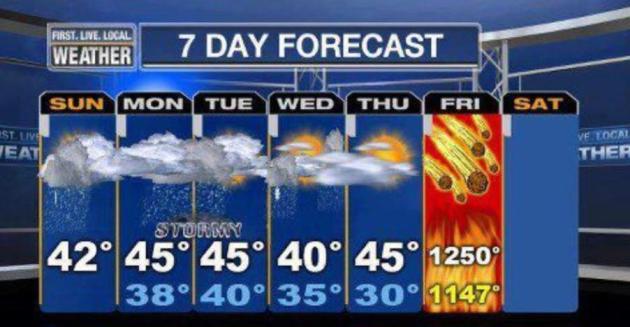
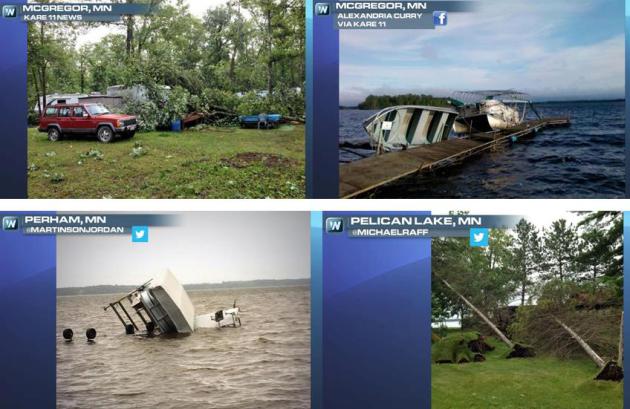
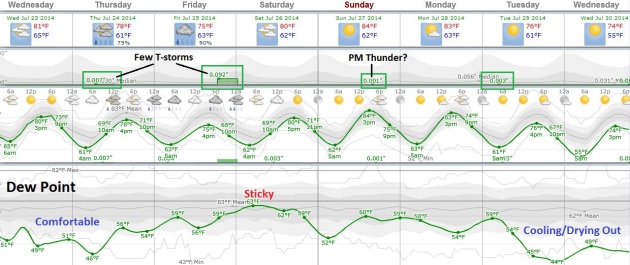
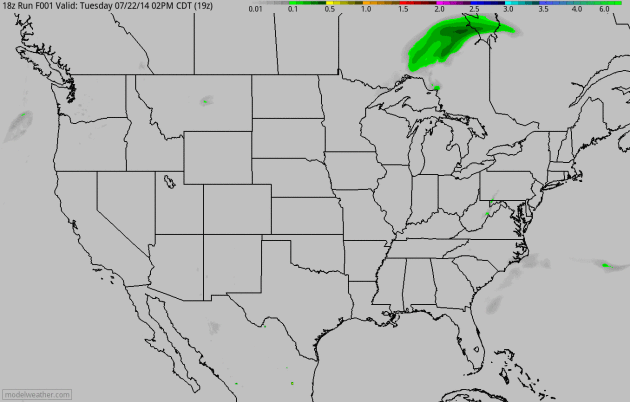
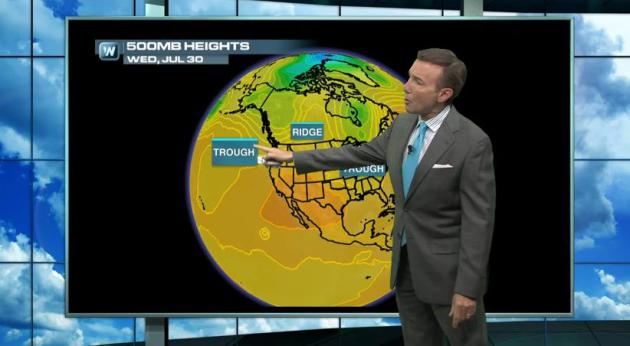
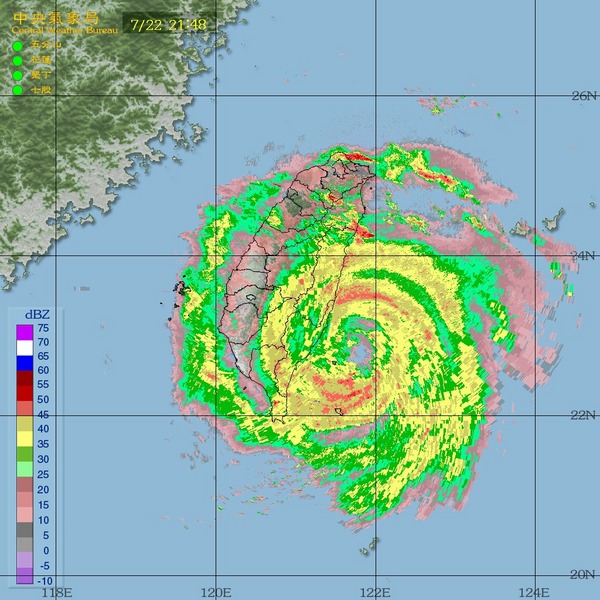
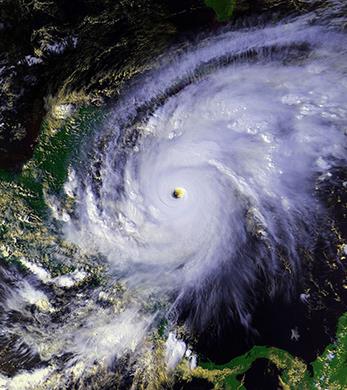
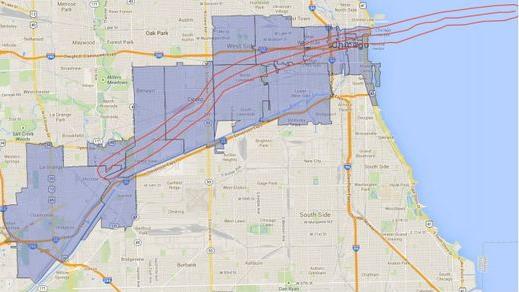
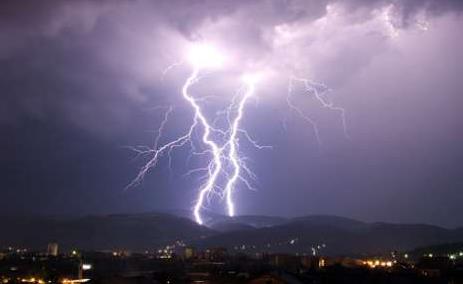
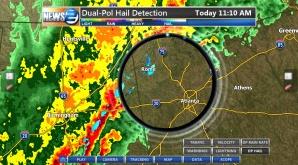
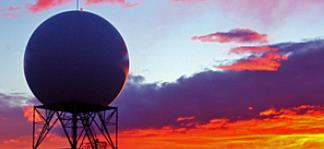
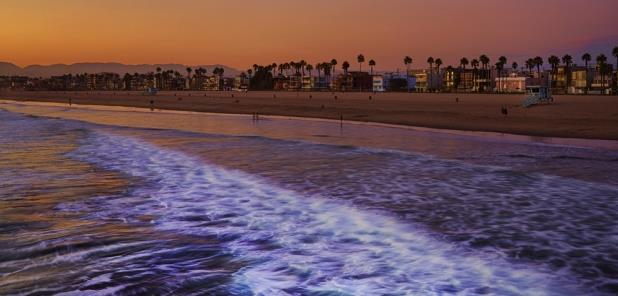

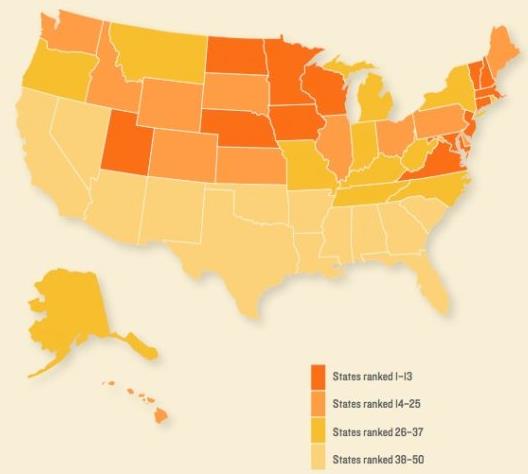
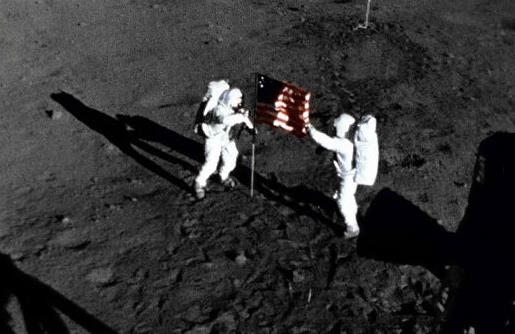
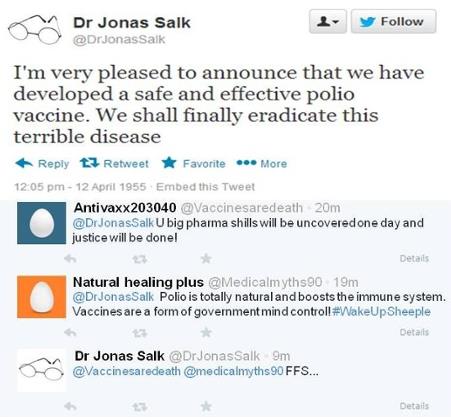
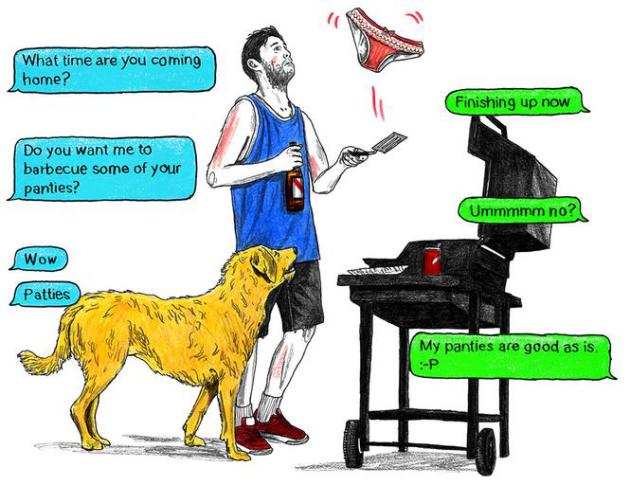
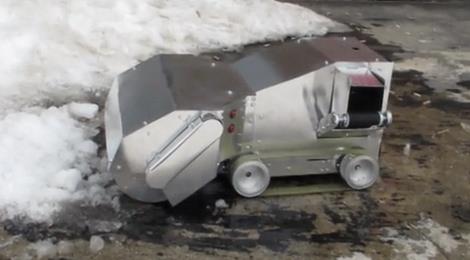
.jpg)
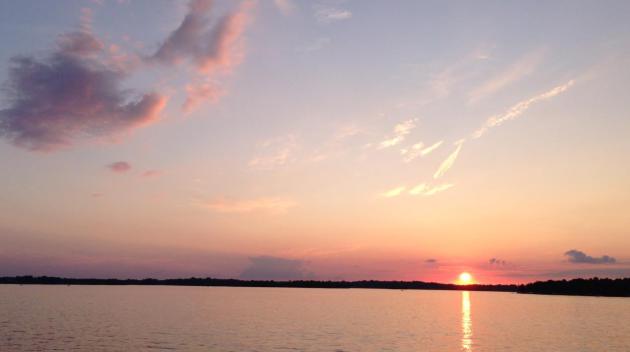
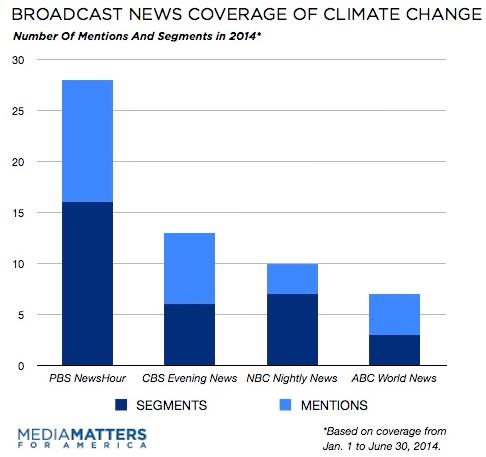

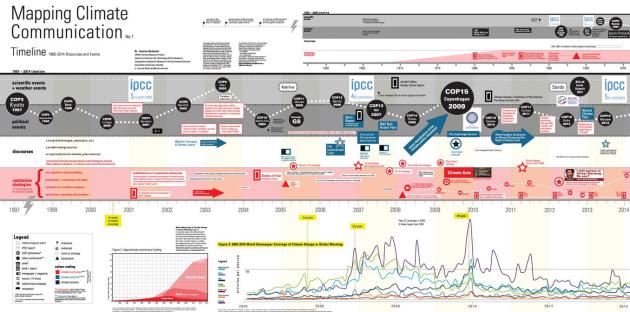
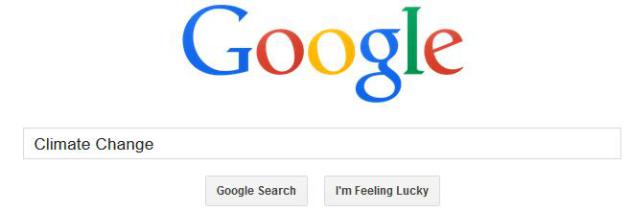
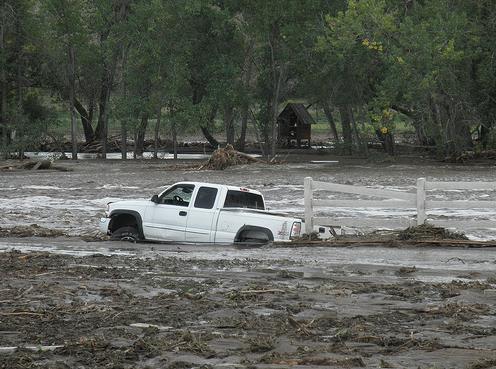
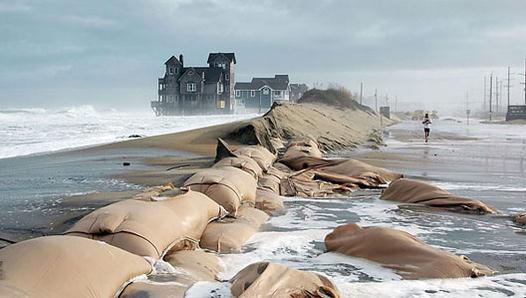

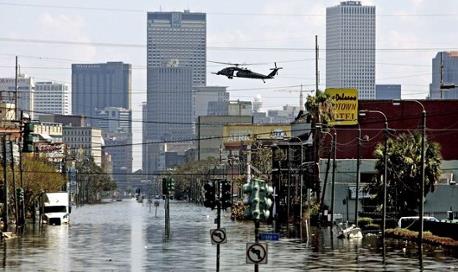
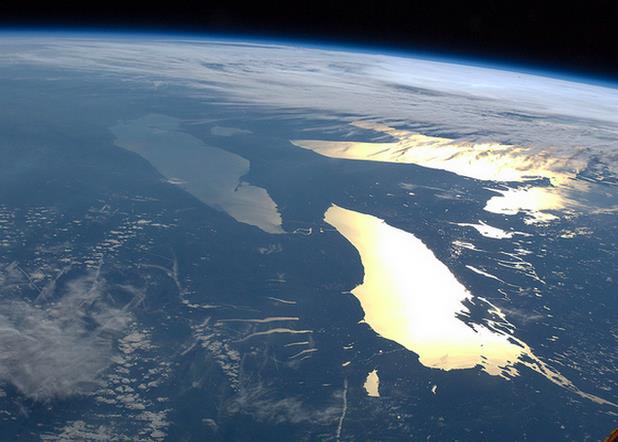
No comments:
Post a Comment